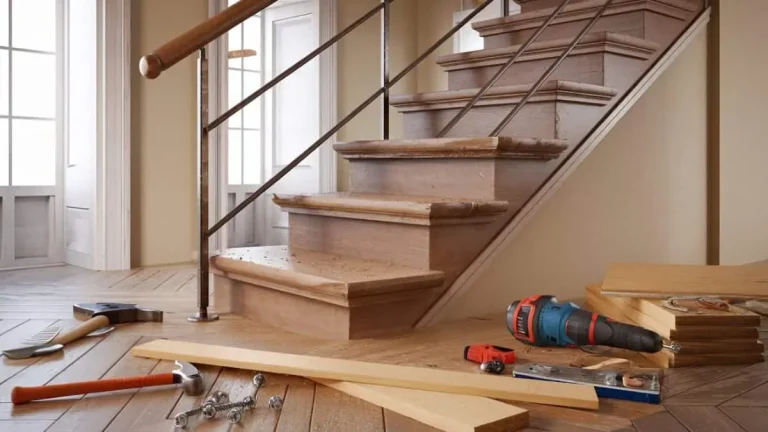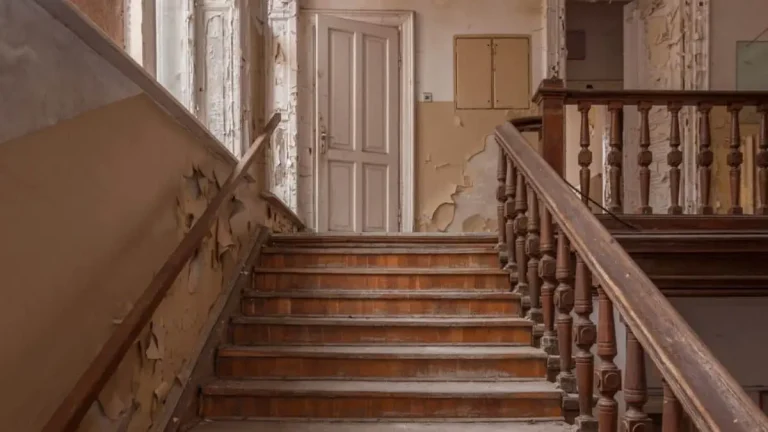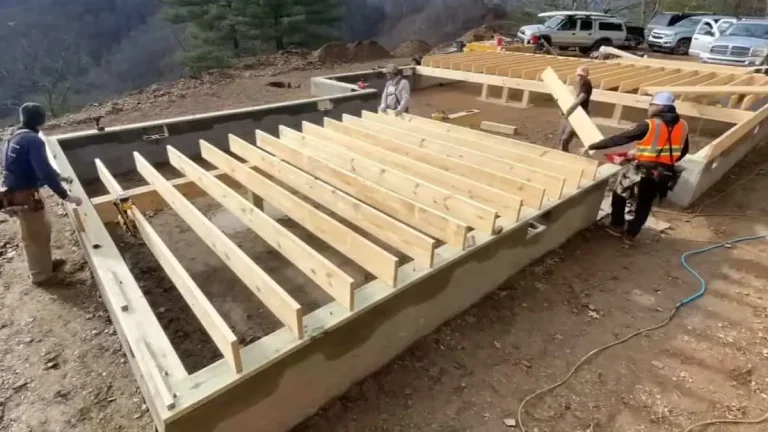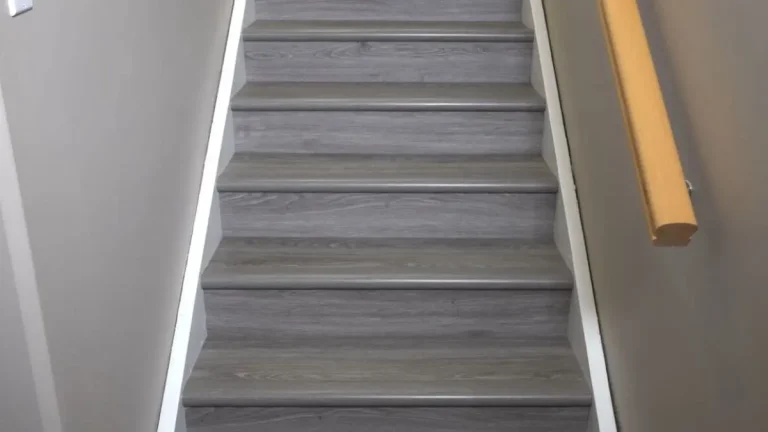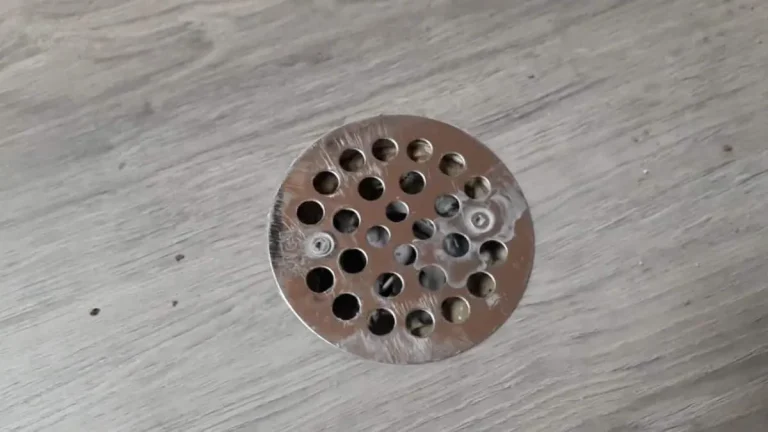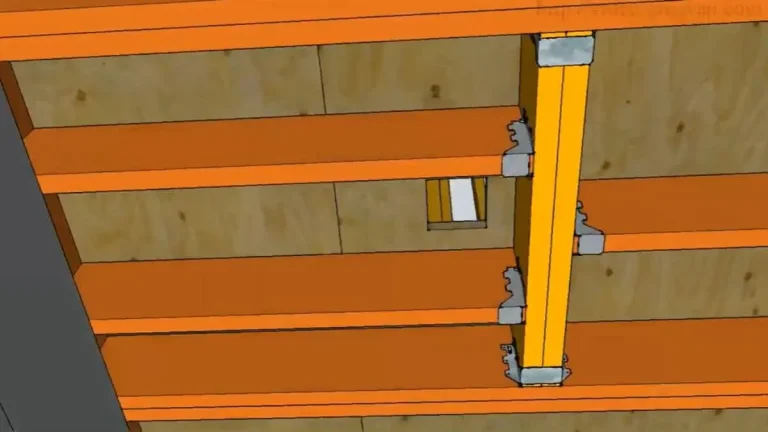A concrete porch over a basement offers a stylish and functional space, but it comes with its own set of challenges, especially regarding water infiltration. Waterproofing your concrete porch is essential to prevent water damage, mold growth, and structural issues in the basement below.
This comprehensive guide will walk you through the steps to effectively seal and secure your concrete porch, ensuring it remains a dry and safe space for years to come.
Why Waterproofing is Essential
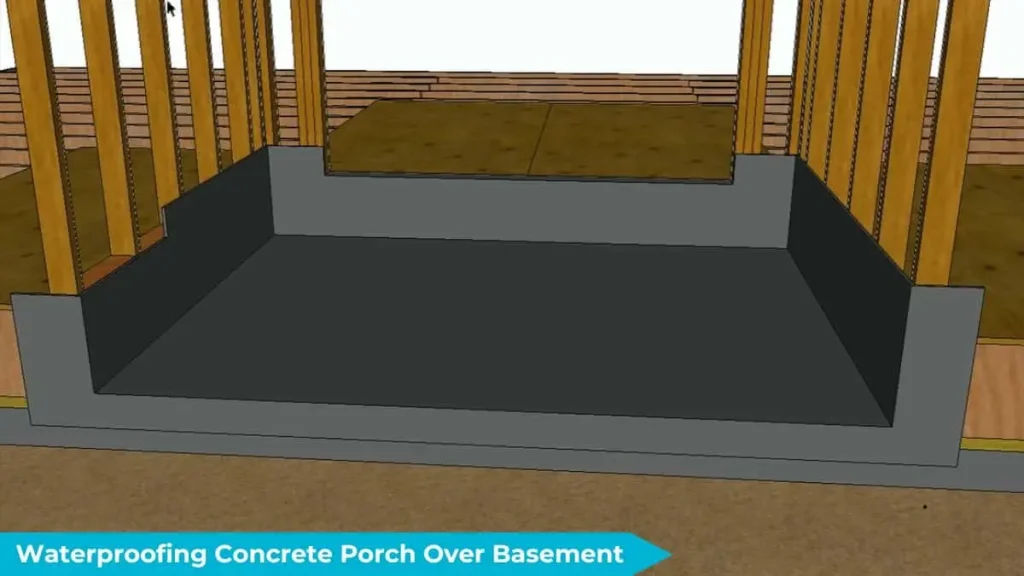
Waterproofing is crucial for several reasons:
- Prevent Structural Damage: Water infiltration can weaken the concrete and the structural integrity of both the porch and the basement.
- Avoid Mold and Mildew: Moisture can lead to mold and mildew growth, which poses health risks and damages materials.
- Protect Basement Usability: Keeping the basement dry preserves its usability, whether it’s used for storage, living space, or other purposes.
- Extend Lifespan: Proper waterproofing extends the life of the porch by preventing cracks, erosion, and other water-related damages.
Common Water Entry Points
A concrete porch over a basement can be a wonderful addition to your home, providing extra outdoor space and enhancing the overall aesthetic. However, ensuring that the porch is properly waterproofed is essential to prevent water damage to the underlying basement.
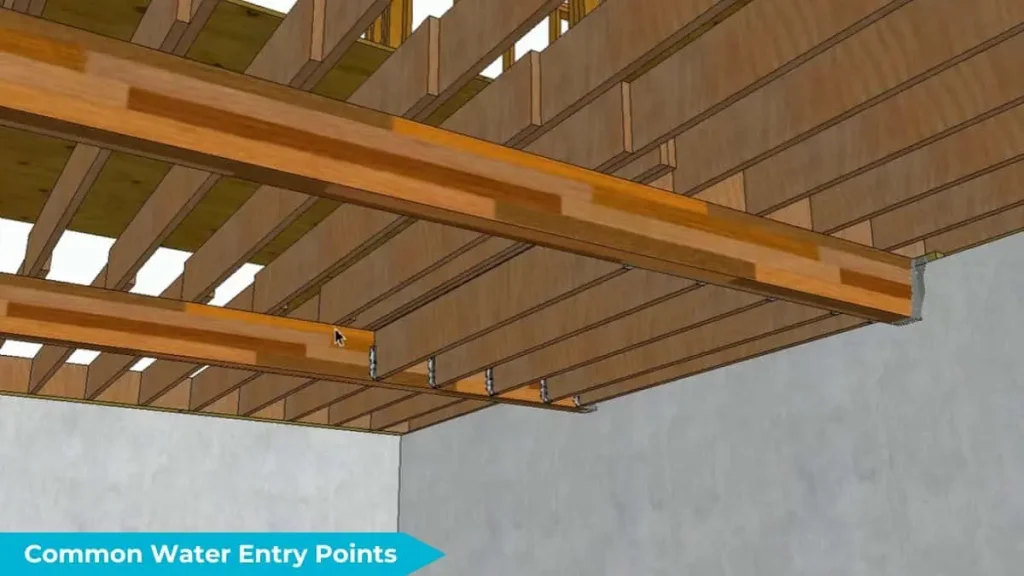
Cracks In Concrete
Concrete porches are susceptible to developing cracks over time due to various factors such as shrinkage, settlement, or external forces. These cracks can allow water to seep through, leading to potential water damage in the basement below. Regular inspection and timely repair of any concrete cracks can prevent water infiltration and maintain the structural integrity of the porch.
Joints And Seams
The joints and seams of a concrete porch are vulnerable areas where water can penetrate. Whether it’s the connection between the porch and the house foundation or the seams between different concrete slabs, these areas require proper sealing and waterproofing to prevent water entry.
Choosing The Right Waterproofing Method
There are various options available, each with its own benefits and considerations. Understanding the different methods will help you make an informed decision that suits your specific needs.
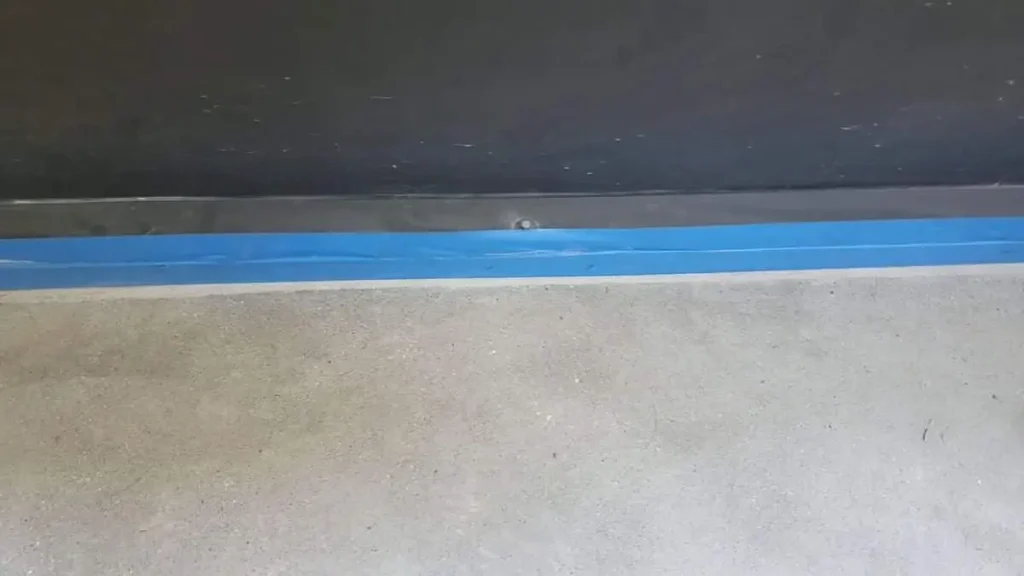
Surface Treatments
Surface treatments are applied to the exterior of the concrete to prevent water penetration. These treatments can include water-repellent sealers that form a protective layer on the surface, preventing moisture from seeping into the concrete. They are relatively easy to apply and provide a cost-effective solution for waterproofing a concrete porch.
Integral Waterproofing
Integral waterproofing involves adding waterproofing admixtures directly into the concrete mixture during the mixing process. These admixtures create a chemical reaction within the concrete, forming a barrier against water penetration. This method offers long-term protection and is ideal for new construction projects.
Membrane Systems
Membrane systems consist of waterproofing membranes that are applied to the concrete surface to create a protective barrier. These membranes can be made from various materials such as bituminous, polyurethane, or epoxy and provide a flexible and durable waterproofing solution. Membrane systems are suitable for both new construction and renovation projects, offering versatility and reliability.
Steps to Waterproof Your Concrete Porch
When waterproofing a concrete porch over a basement, the application process is crucial to ensuring a watertight seal that protects the underlying structure. Properly following these steps is essential for a successful and durable waterproofing solution.
1. Inspect and Repair
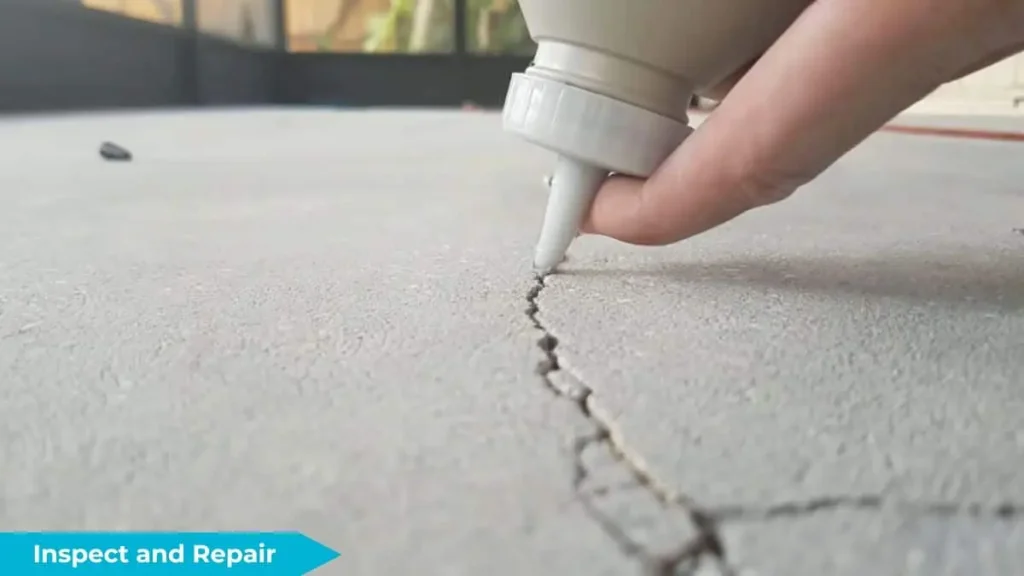
Before waterproofing, conduct a thorough inspection:
- Check for Cracks: Look for visible cracks or gaps in the concrete. These are entry points for water.
- Inspect for Damage: Identify any signs of spalling, pitting, or other surface damages.
- Test for Moisture: Use a moisture meter to check for dampness on the porch surface and the basement ceiling.
Repair any damages before proceeding:
- Fill Cracks: Use a concrete patching compound to fill cracks and gaps.
- Smooth Surface: Address spalling or pitting by resurfacing the concrete with a repair mix.
2. Clean the Surface
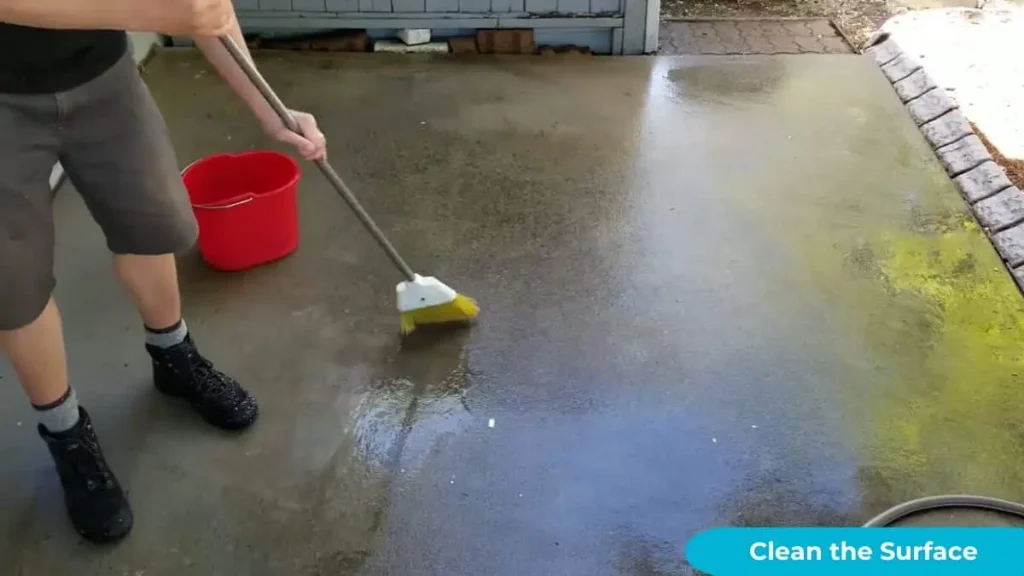
A clean surface ensures proper adhesion of waterproofing materials:
- Sweep and Wash: Remove dirt, debris, and stains using a broom and a pressure washer.
- Degrease: Apply a degreasing agent to remove oil or grease spots.
- Dry Thoroughly: Allow the porch to dry completely before applying any waterproofing products.
3. Choose the Right Waterproofing System
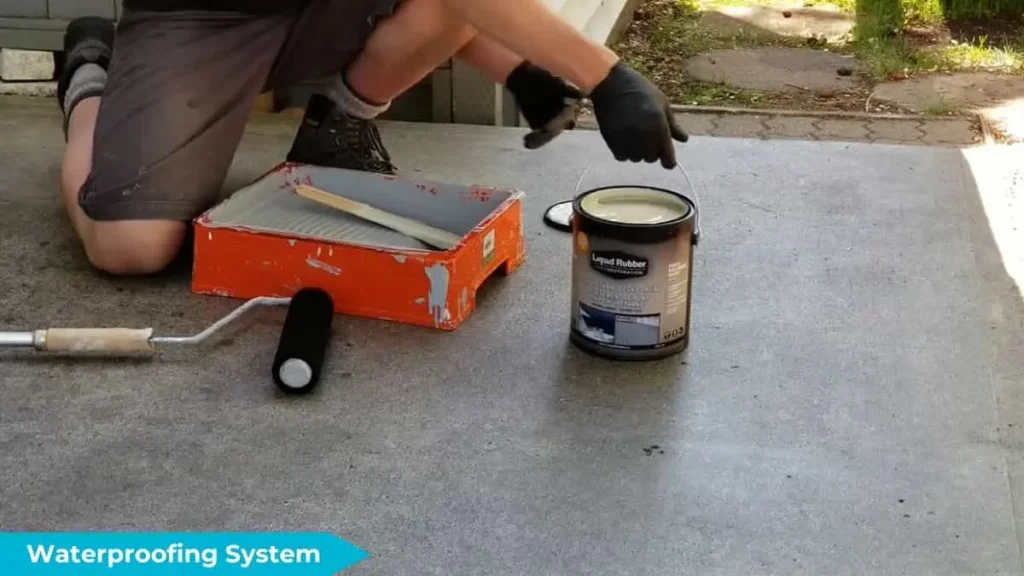
There are various waterproofing products and systems available. Choose the one that best suits your needs:
- Liquid Membranes: These are applied with a brush or roller and form a seamless, flexible barrier.
- Sheet Membranes: These pre-formed sheets are applied to the surface and provide a robust waterproof barrier.
- Crystalline Waterproofing: These products penetrate the concrete and form crystals that block water pathways.
4. Apply the Waterproofing Membrane
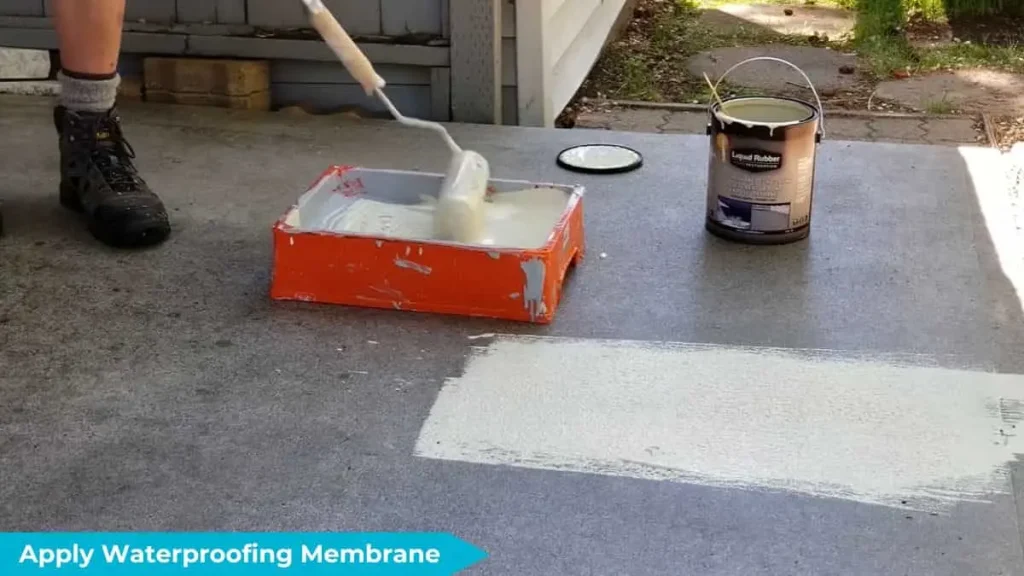
Follow the manufacturer’s instructions carefully:
Liquid Membrane
- Prime the Surface: Apply a primer if required.
- Apply the Membrane: Use a brush or roller to apply the liquid membrane evenly across the surface.
- Layering: Apply multiple coats as recommended, allowing each layer to dry before the next.
Sheet Membrane
- Cut to Size: Measure and cut the membrane sheets to fit the porch surface.
- Adhere Sheets: Apply adhesive or a primer, then place the sheets on the surface, ensuring there are no gaps or bubbles.
- Seal Seams: Overlap the seams and use a roller to ensure they are well-bonded.
Crystalline Waterproofing
- Mix the Compound: Prepare the crystalline compound as per instructions.
- Apply to Surface: Brush or spray the mixture onto the concrete.
- Cure: Allow the compound to cure and penetrate the concrete.
5. Seal Joints and Edges
Pay special attention to joints and edges where water is likely to penetrate:
- Use Sealant: Apply a high-quality concrete sealant to all joints, edges, and where the porch meets the walls of the house.
- Expansion Joints: Ensure expansion joints are properly sealed to accommodate movement without compromising waterproofing.
6. Install Drainage Systems
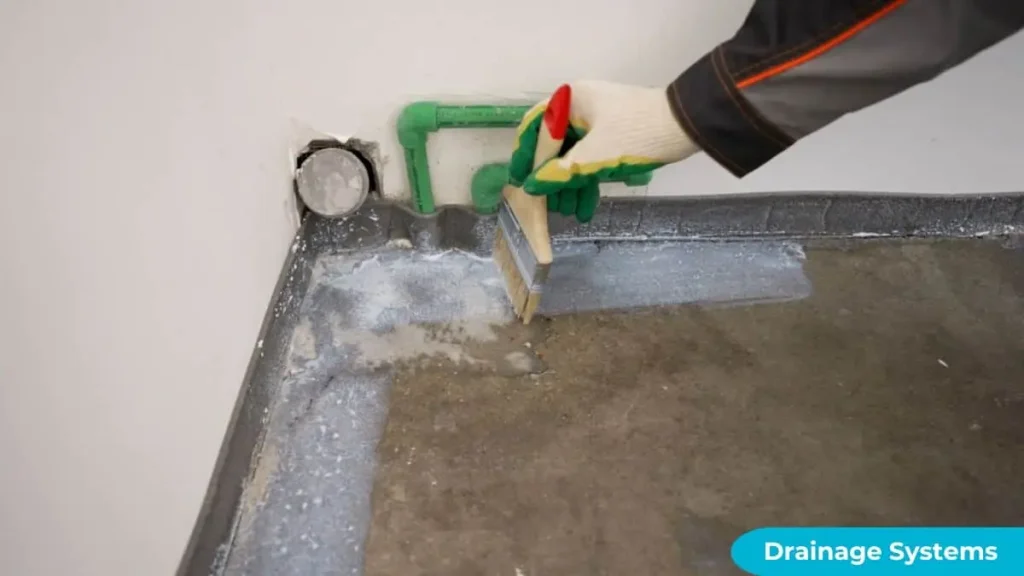
Effective drainage prevents water from pooling on the porch surface:
- Slope the Surface: Ensure the porch has a slight slope away from the house to direct water runoff.
- Gutters and Downspouts: Install gutters and downspouts to channel water away from the porch and basement.
- Drainage Channels: Consider installing drainage channels around the perimeter of the porch.
7. Regular Maintenance
Ongoing maintenance is key to ensuring long-term waterproofing success:
- Inspect Regularly: Check the porch and basement for signs of water infiltration periodically.
- Clean Gutters: Keep gutters and downspouts clear of debris.
- Reapply Sealant: Reapply sealant as needed, typically every few years, depending on exposure and wear.
Conclusion
Protect your basement with waterproofing for a durable and long-lasting concrete porch. Ensure your home’s foundation stays secure and free from water damage. Invest in waterproofing solutions to enhance your property’s longevity and value. Trust professionals for expert guidance and quality waterproofing services. Keep your basement safe and dry.

